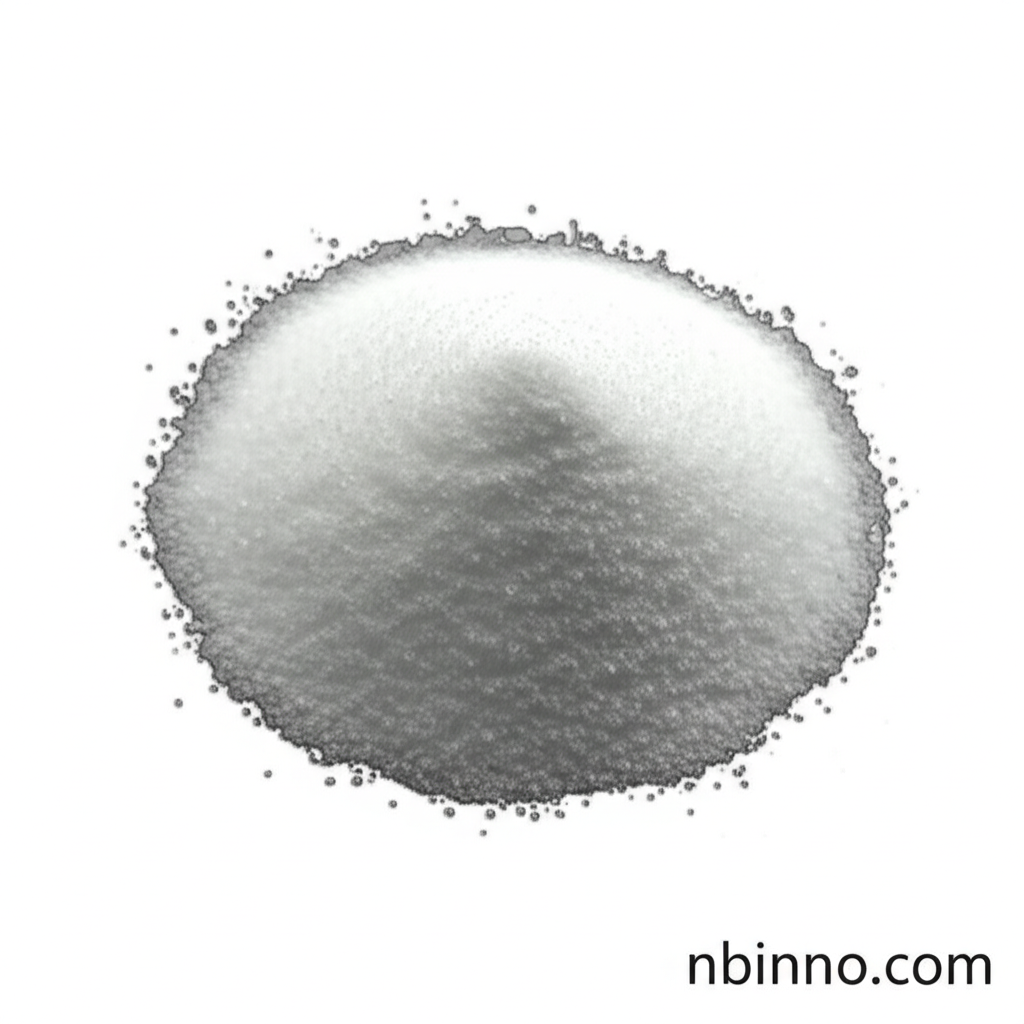3,5-Difluoro-4-nitrobenzonitrile: A Key Intermediate for Advanced Chemical Synthesis
Essential building block for groundbreaking research and industrial applications in pharmaceuticals and agrochemicals.
Get a Quote & SampleProduct Core Value

3,5-Difluoro-4-nitrobenzonitrile
As a vital research chemical, 3,5-Difluoro-4-nitrobenzonitrile serves as a foundational component in the intricate processes of organic synthesis. Its unique fluorinated structure makes it indispensable for developing novel compounds with targeted properties, particularly in the fields of pharmaceuticals and agrochemicals. The availability of high-purity grades ensures reliable outcomes in complex reaction pathways.
- Discover the critical role of 3,5-difluoro-4-nitrobenzonitrile synthesis in creating advanced chemical compounds.
- Explore the diverse 3,5-difluoro-4-nitrobenzonitrile applications that drive innovation in scientific research.
- Learn why sourcing 3,5-difluoro-4-nitrobenzonitrile from reliable suppliers is crucial for your projects.
- Understand the significance of CAS 1123172-88-2 chemical as a versatile intermediate in chemical processes.
Key Advantages
Versatile Building Block
This chemical intermediate, identified by CAS 1123172-88-2, is indispensable for constructing complex molecular architectures, offering chemists a reliable starting point for various synthetic routes.
Enhanced Reactivity
The presence of fluorine atoms and the nitro group in 3,5-difluoro-4-nitrobenzonitrile contributes to its unique reactivity, enabling specific transformations crucial for pharmaceutical and agrochemical development.
Purity and Consistency
High purity grades of this fluorinated benzonitrile derivative ensure predictable results, making it a preferred choice for researchers and manufacturers seeking dependable outcomes in their processes.
Key Applications
Pharmaceutical Synthesis
The compound is instrumental in the synthesis of active pharmaceutical ingredients (APIs) and complex drug molecules, often serving as a precursor in multi-step synthetic pathways.
Agrochemical Development
It plays a crucial role in the creation of new pesticides, herbicides, and other crop protection agents, contributing to advancements in agricultural productivity.
Research & Development
Widely used in academic and industrial R&D settings, this chemical intermediate facilitates the exploration of novel chemical reactions and the discovery of new compounds.
Materials Science
Its unique chemical structure also lends itself to applications in the development of advanced materials, leveraging its thermal stability and electronic properties.
